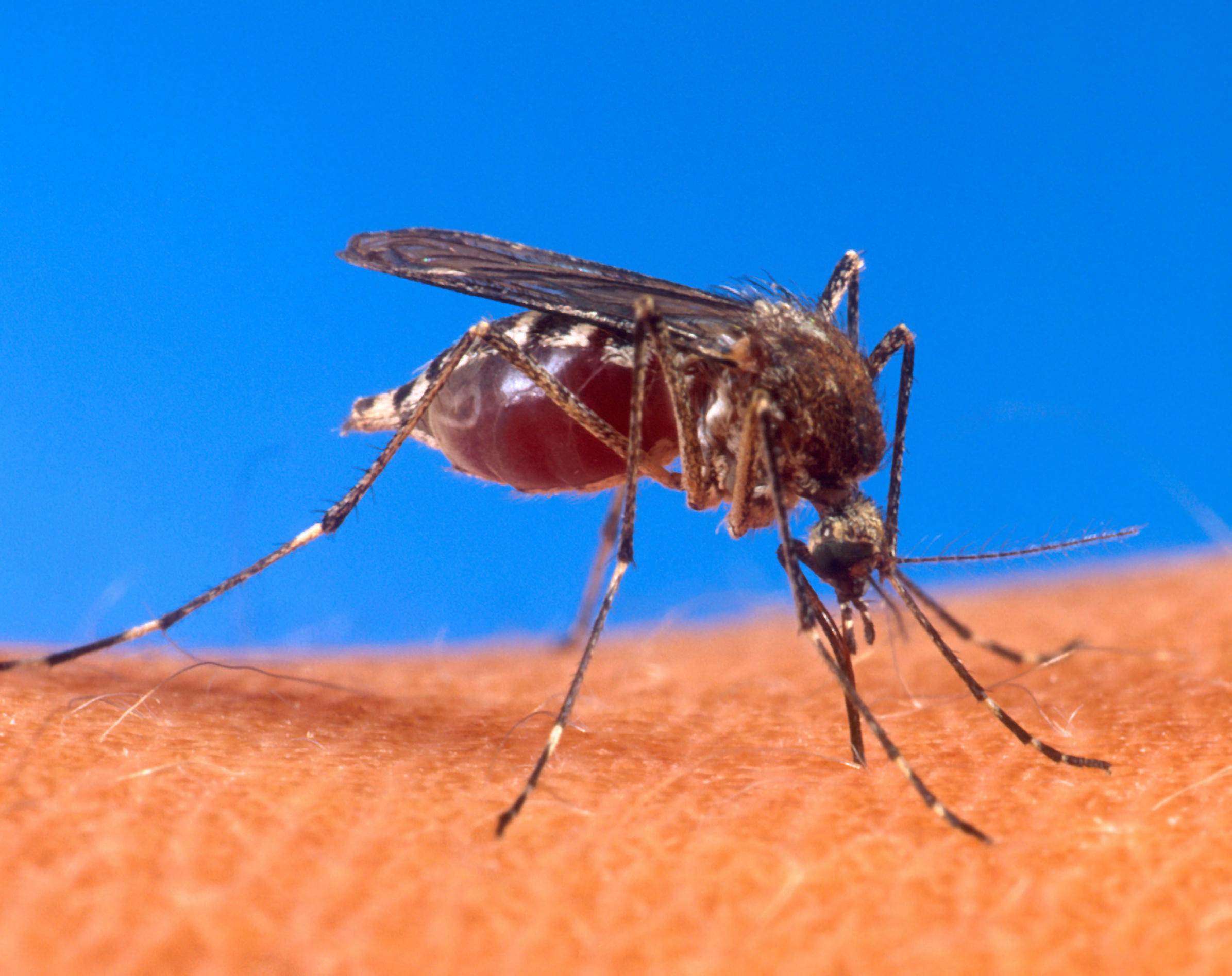 In post one of two on global health news this week, a new study found that malaria prevention efforts over the last decade have saved the lives of almost one million children. The Global Fund’s new General Manager, Gabriel Jaramillo, discusses his plans for the organization going forward in an interview with Spanish newspaper El Mundo.
In post one of two on global health news this week, a new study found that malaria prevention efforts over the last decade have saved the lives of almost one million children. The Global Fund’s new General Manager, Gabriel Jaramillo, discusses his plans for the organization going forward in an interview with Spanish newspaper El Mundo.
Malaria Prevention Efforts May Save Millions
A study published this week found that the “unprecedented effort” to prevent and curb malaria over the last decade has saved the lives of 843,000 children in 43 countries in sub-Saharan Africa (full study here, as a PDF). Since 2000, there has been an 8.2% decrease in child deaths due to malaria, with the greatest reduction in 2010, which saw a 24.4% decrease in mortality. The authors argued that the mass influx of insecticide-treated nets in sub-Saharan Africa “has clearly been a sound investment in health.” Between 2006 and 2009, $1.3 billion was spent on bed nets. The authors acknowledged that their estimates were conservative, since they only examined the effects of distributing insecticide-treated nets and preventative interventions among pregnant women. Due to lack of accurate data, they chose not to analyze the impact of effective anti-malarial artemisinin combination drugs, which are now widely available in sub-Saharan Africa and are the first-line treatment in most malaria-endemic countries. Therefore, it’s very likely that many more children (not to mention adults) have been saved by malaria control programs. Despite this conservative analysis, increased malaria control efforts have saved at least 230 children every day for the past ten years. The study estimates that if universal coverage of insecticide-treated nets (i.e., every household with children or pregnant women in a malaria endemic zone has a bed net) is achieved by 2015, another 2.27 million children’s lives could be saved. That sounds like an effort worth investing in.
New Global Fund Manager Speaks
The Global Fund’s new General Manager, Gabriel Jaramillo, spoke to Spanish newspaper El Mundo this week about the Fund (English translation provided by the Global Fund here, as a PDF). He focused on the successes of the Global Fund and discussed the reorganization and future direction it would take under his leadership. Mr. Jaramillo mentioned his banking credentials several times, explaining that having a financial expert at the helm would help increase efficiencies and mitigate risk. He said: “The investments we make must yield very high returns and we can obtain those returns by using the right interventions, the newest and most effective drugs, and also methods that offer the best return of lives saved for the money invested.” This language is very much in line with that of government and foundation donors, notably the U.S., which has changed during the global economic crisis to focus on the highest returns on smaller investments and the ability of programs to prove impact. Mr. Jaramillo seemed sanguine about the controls and requirements put on the Global Fund by donor countries like France, Spain, and the U.S. since allegations of fraud in 2011. Mr. Jaramillo also clarified that much of the alleged improprieties were rather about missing documentation and not necessarily embezzlement, though his commentary echoed that of Bill Gates, who said when announcing a $750 million “promissory note” to the Global Fund a few months ago that “some losses” were the cost of doing business in the developing world. Finally, Mr. Jaramillo argued that “it is difficult…to find investments that produce higher returns than those made in health. There are no roads, airports or infrastructure capable of delivering greater benefits than the control of a disease in a region.” Although I’ve disagreed with such a position in the past, Mr. Jaramillo is right. When people are well, they are more able to work, go to school, and contribute to the economic, infrastructural, social, and political needs of a community, country, continent, or planet. I’ll be keeping an eye on how Mr. Jaramillo fares in the next year: perhaps we’ll see some interesting changes in global health and aid.
Header photo of aedes aegypti mosquito by US Department of Agriculture, public domain, via Wikimedia Commons.